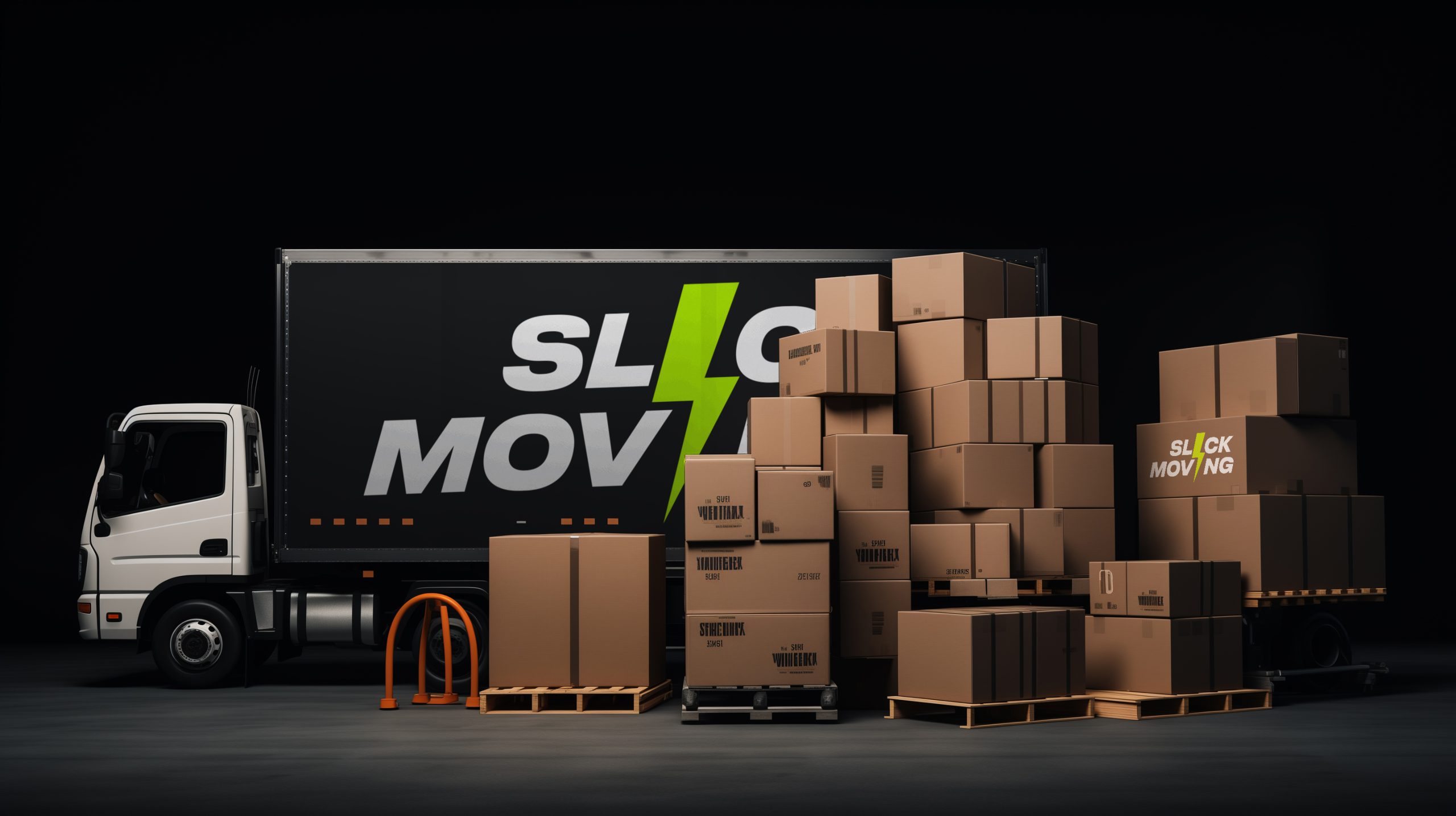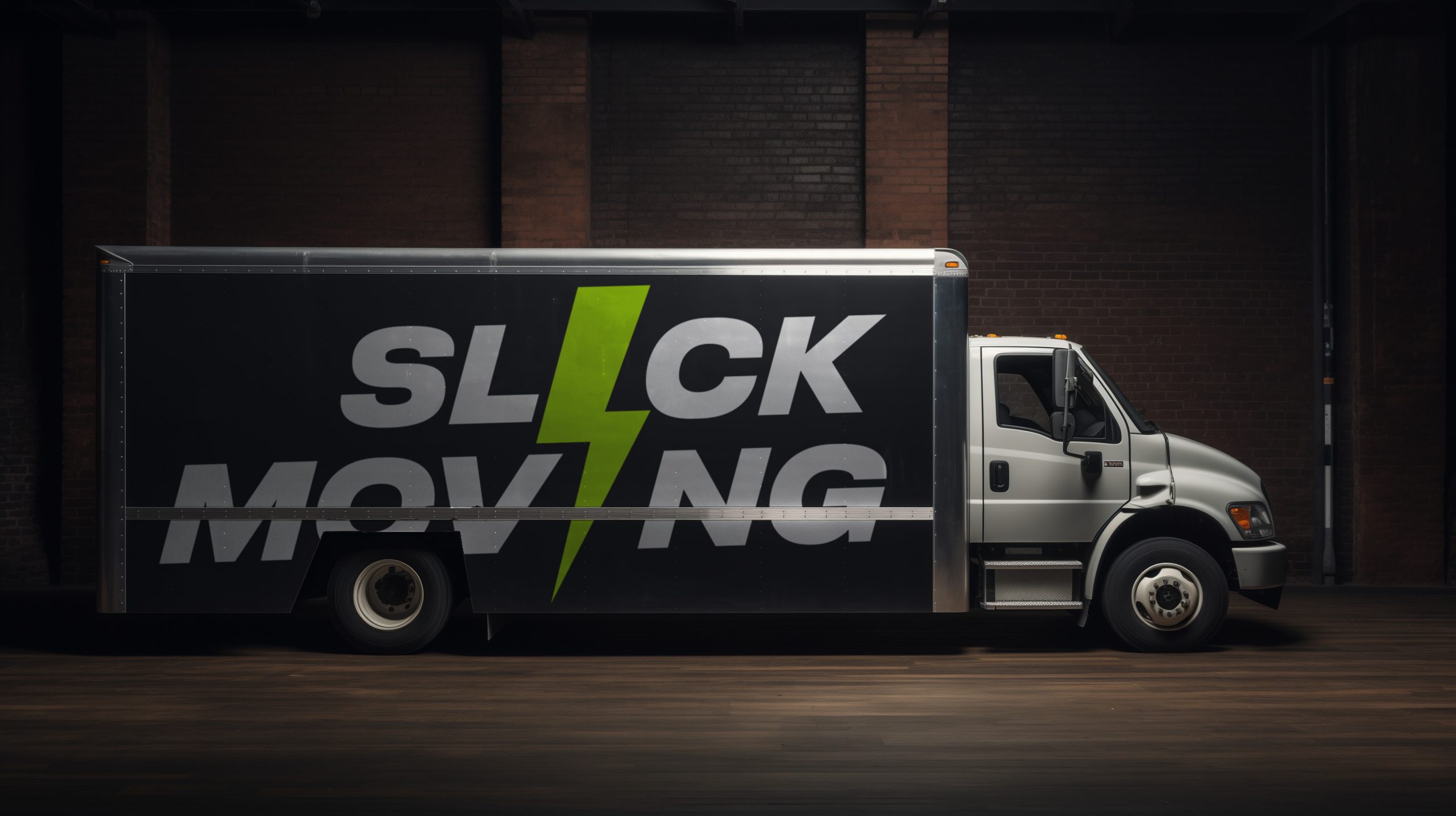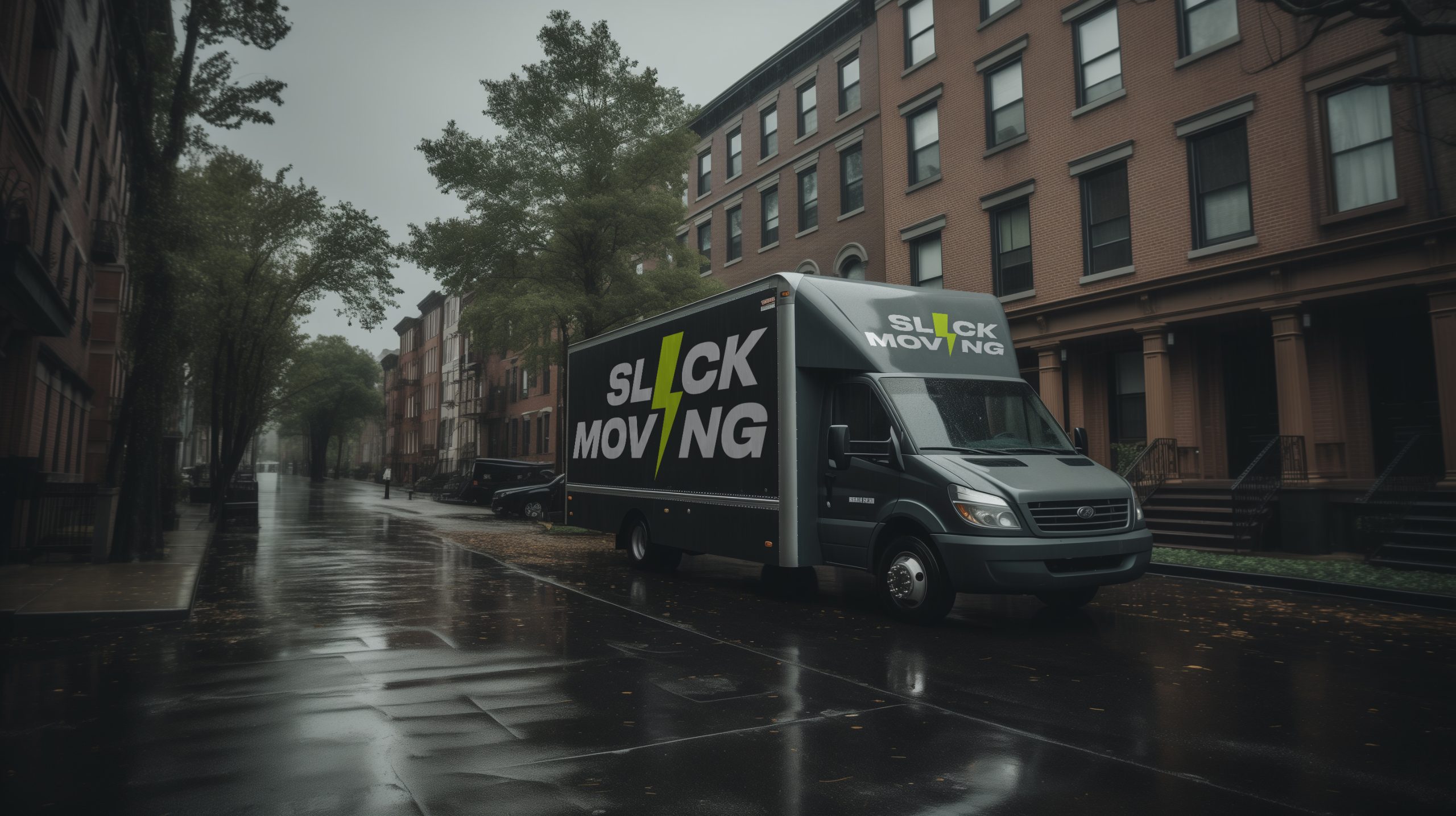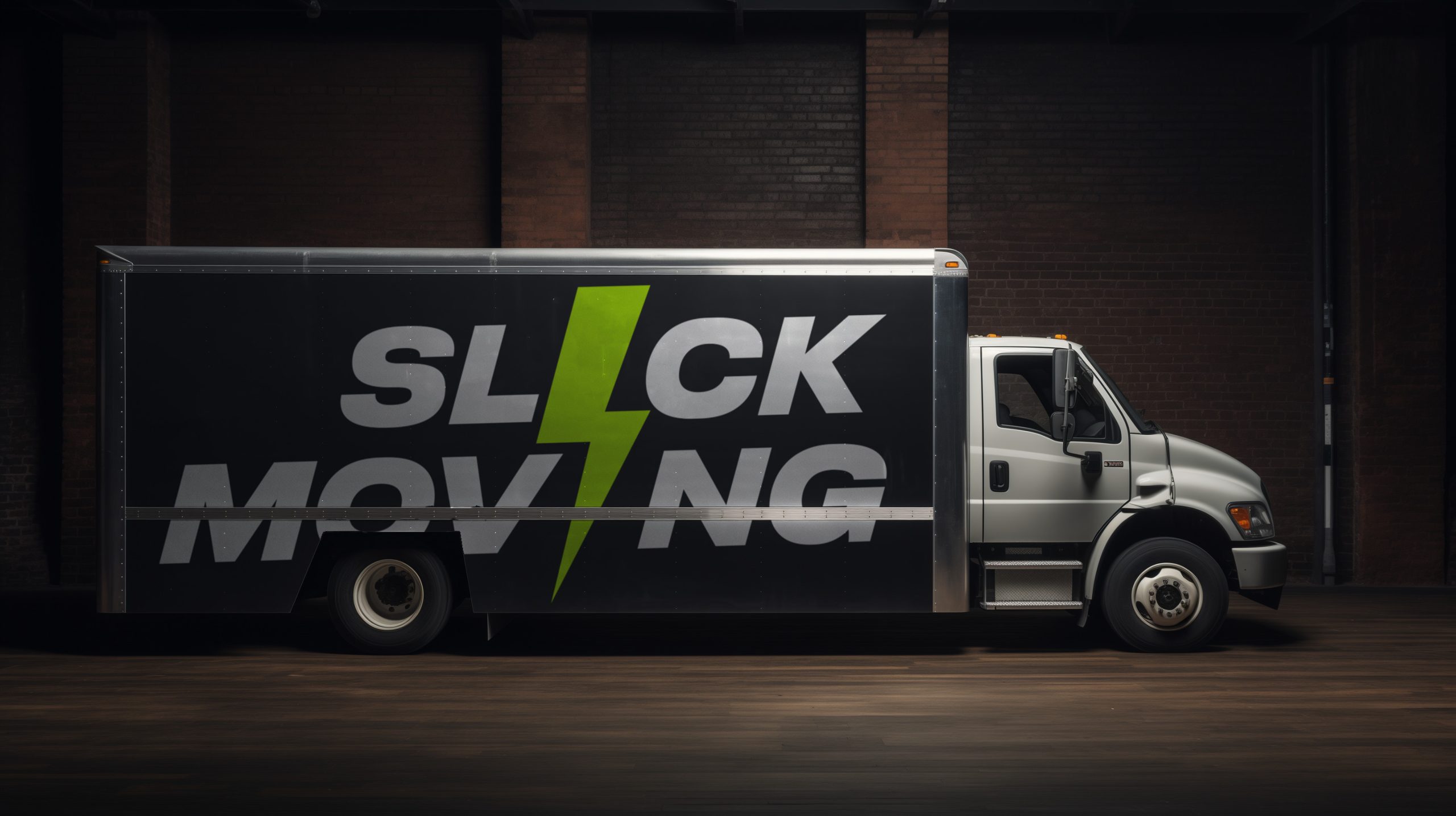How To Prepare For A Commercial Moving? A Comprehensive Guide
Moving your business to a new location can be a daunting task. Without proper planning and preparation, it can quickly become a chaotic and stressful experience. To ensure a smooth and efficient commercial relocation, it is crucial to have a well-thought-out plan in place. In this comprehensive guide, we will provide you with valuable tips and insights on how to prepare for commercial moving. From creating a timeline to coordinating with vendors and communicating with employees and clients, we will cover everything you need to know to make your move a success.

1. Start Planning Early
The key to a successful commercial move is to start planning well in advance. Begin the process at least six months before the moving day. This will give you enough time to create a detailed timeline and checklist. During the planning stage, consider the following:
The moving budget: Determine the funds you have allocated for the move, including rent for both your current and future locations.
Current lease: Review your lease agreement to avoid overlapping rent payments and ensure a smooth transition.
Assigning tasks: Create a task force and delegate responsibilities among your team members to ensure a coordinated effort.
Researching moving companies: Take the time to research and interview multiple moving companies to find the one that best suits your needs.
Completing inventory: Conduct a thorough inventory of your office equipment, furniture, and supplies to determine what needs to be moved and what can be discarded or donated.
Updating your address: Update your address with Google My Business, the US Postal Service, and inform your clients and the IRS ahead of time.
2. Communicate with Employees and Clients

Open and clear communication is vital when preparing for a commercial move. Keep your employees informed about the upcoming relocation and provide them with key dates and information. Additionally, inform your clients about the move and update your business information to ensure a smooth transition.
Employee communication: Draft a clear announcement to inform your employees about the move. Provide them with key dates and encourage them to ask questions or voice any concerns they may have.
Client communication: Notify your clients and prospects about the move well in advance. Update your business cards, letterhead, and other promotional materials. Consider creating a banner on your website to communicate the upcoming change of address. Update your online listings and inform Google to ensure your new location is accurately reflected.
3. Evaluate Costs and Budget
Before hiring commercial movers, it is essential to set and review your budget. Take into account not only the cost of hiring the movers but also other expenses such as rent, utilities, insurance, and storage fees. Consider the following:
Hiring commercial movers: Obtain estimates from at least three reputable moving companies. Compare their services, reputation, and fees. Choose an experienced team that can handle your Commercial moving nyc efficiently.
Additional costs: Factor in any additional expenses that may arise during the move. It is advisable to increase your budget by 35% to account for unexpected costs and emergencies.
4. Visit the New Office Space
Before moving your business to a new office, it is crucial to visit the space and assess any necessary changes or repairs. This will help you plan the layout and ensure a smooth transition. Consider the following:
Structural repairs: Assess the new office space for any structural repairs or modifications that need to be made. Note any damaged areas and inform the landlord to allow time for repairs before your move.
Measurements and logistics: Take accurate measurements of doorways, hallways, and elevators to ensure that your furniture and equipment can be easily moved without any issues.

Special requirements: Identify any special requirements or accommodations needed for specific departments or employees. This could include accessibility considerations or proximity to other teams.
5. Hire Reliable Commercial Movers
Choosing the right commercial movers is crucial to a successful relocation. Take the time to research and select a reliable and experienced moving company that can handle the unique requirements of a commercial move. Consider the following:
Vendor selection: Evaluate different moving companies based on their reputation, availability, and range of services. Consider hiring a single vendor that can manage all aspects of the move to minimize stress and maximize efficiency.
Flexibility and availability: Ensure the chosen vendor can work outside of business hours if needed. Discuss their fee structure and any additional charges for work outside regular office hours.
References and reputation: Request references from the moving company and verify their reputation and track record for quality performance.
6. Take Inventory and Downsize

Before the move, conduct a comprehensive inventory of your office belongings and determine what needs to be moved and what can be discarded or donated. Downsizing can help reduce costs and streamline the moving process. Consider the following:
Assessment rounds: Instead of relying on a mental inventory, physically walk through your current office space with a moving committee. Note any repairs needed, identify large items that require special handling, and determine the quantity of items to be moved.
Downsizing strategy: After assessing your inventory, identify items that are no longer needed or outdated. Tag these items and develop a systematic approach to dispose of or donate them. Avoid leaving downsizing until the last minute to ensure a smooth and organized Commercial moving Brooklyn.
7. Coordinate with IT Department
Moving your business involves not only physical assets but also technical equipment and digital infrastructure. Coordinate with your IT department to ensure a smooth transition and minimal disruption to your operations. Consider the following:
Internet and phone connections: Coordinate with your IT team to transfer internet plans, phone connections, and other technical services to the new location. Provide them with access to the new building to evaluate any necessary upgrades to the infrastructure or equipment.
Platform transfers: If your business relies on specific software platforms or systems, coordinate with your IT department to ensure a seamless transfer and setup in the new office space.
8. Choose the Right Packing Materials
Selecting the appropriate packing materials is essential to protect your belongings during the move. Consider the type and quantity of items being moved to determine the right packing materials. Consider the following:
Box selection: Choose the right type and size of boxes for your items. Consider stackable and collapsible options to maximize space during transportation.

Protective materials: Use bubble wrap, packing paper, and other protective materials to safeguard fragile items. Invest in high-quality packing tape to secure boxes properly.
Labeling and organization: Develop a labeling system to ensure easy identification of boxes and their contents. This will facilitate unpacking and reassembling in the new office space.
9. Coordinate Loading and Unloading
Efficient coordination of loading and unloading is essential to minimize disruptions and ensure a smooth transition. Coordinate with your moving company to establish clear instructions and avoid any logistical issues. Consider the following:
Designated loading and unloading areas: Determine designated areas at both the current and new locations for loading and unloading. Ensure these areas do not disrupt traffic or access for other tenants.
Access considerations: If your new location has specific access requirements, communicate them to the moving company. Clear any loading docks, overhangs, or underground passages to facilitate the move.
Coordination of arrival and departure: Establish clear arrival and departure times with the movers to ensure everyone is on the same page. Coordinate with building management or security to ensure a smooth process.
10. Plan for Clean Up
After the move, it is essential to plan for clean-up to leave your old space in good condition and avoid unnecessary fees. Consider the following:
Commercial move management: If you have hired a single-source commercial move management company, they will likely handle the clean-up. Confirm the details of their services and ensure they align with your needs.
Securing cleaning services: If clean-up is not included in your moving company’s services, secure a cleaning service to ensure your old space is left in good condition. Check your contract or consult with the building manager to understand who is responsible for clean-up.
11. Keep Employees Informed
Throughout the moving process, it is crucial to keep your employees informed and engaged. Regular communication will help alleviate concerns and ensure a smooth transition. Consider the following:
Weekly updates: Craft a weekly email newsletter to keep employees up to date on the progress of the move. Address common questions and concerns to minimize the influx of individual inquiries.
Topics to cover: Include information about accomplishments, open items, designated packing days, expected disruptions, moving dates, differences in the new building, transportation options, and any other relevant details.

12. Inform Clients and Update Business Information
To maintain a seamless relationship with your clients, it is essential to inform them about your move and update your business information. Consider the following:
Updating business materials: Order updated business cards, letterhead, and other publicity materials well in advance of the move. Ensure the Commercial moving company reflects the new address and contact information.
Online presence: Contact Google and other online platforms to update your business listing and address. Create a banner on your website to communicate the upcoming change of address.
Client communication: Inform your clients and vendors about the move via email and traditional mail. Provide them with your new address and any other relevant details to ensure a smooth transition.
By following these comprehensive steps and guidelines, you can prepare effectively for a commercial move. Proper planning, coordination, and communication are key to minimizing disruptions and ensuring a successful transition to your new office space. Embrace the opportunities that a new location can bring and make the most of this exciting change for your business.

